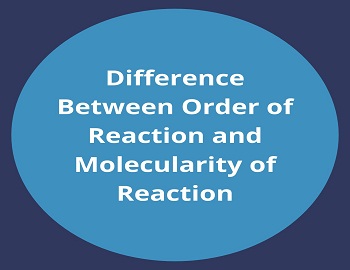Table of Contents
Electrical Properties of Solids:
On the basis of electrical conductivity, solids can be classified into three types- conductors, semi-conductors and insulators. The conductivity of a solid is one of its characteristic and throws light on the internal structure and bonding in the solid. The electrical conductivity of metals is very high and is of the order of 106-108 ohm-1cm-1. The insulators, on the other hand, have conductivity in the order of 10-12 ohm-1cm-1. Semi-conductors have intermediate conductivity which is in the range of 10-6 to 104 ohm-1cm-1.
Conductors:
The solids which allow the passage of electric current are called conductors. These are of two types- metallic conductors or electrolytic conductors.
- Metallic Conductors– are those which allow the passage of electricity to pass through them without undergoing any chemical change. For example- copper, silver etc. In metallic conductors, the conductance is due to the movement of electrons under the influence of an applied electric potential. The steams of electrons constitute the current.
- Electrolytic Conductors- are those which allow the electricity to pass through them by undergoing chemical change. The conduction in ionic solids is due to the migration of ions or other charged particles under the applied field. Due to strong electrostatic forces of attraction, the ionic solids do not conduct electricity. However, these conduct electricity to a good extent when they are in their motion state or in the form of their aqueous solutions. In these states, the ions of the electrolyte become free and they conduct electricity due to the movement of ions. In the solid-state, the ionic solids with defects may conduct electricity to a small extent because the migration becomes possible due to the presence of vacancies or interstitial sites.
Semi-conductors:
The solids whose conductivity lies between those of typical metallic conductors and insulators are called semi-conductors. The semi-conductors have conductivity in the range of 10-6 to 104 ohm-1cm-1. The conductivity of semiconductors is due to the presence of impurities and defects. Their conductivity increases with temperature. Example- Silicon and Germanium.
Insulators:
The solids which do not allow the passage of electric current through them are called insulators. For example- wood, sulfur, phosphorous, rubber etc.
In general, with an increase in temperature the conductivity of metals decreases while that of semi-conductors increase. However, there is very little increase in the conductivity of an insulator as the temperature is increased.









Comments (No)